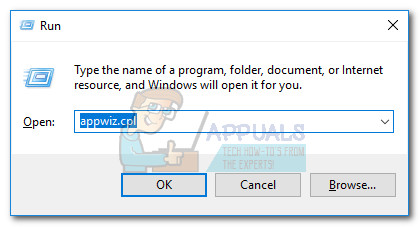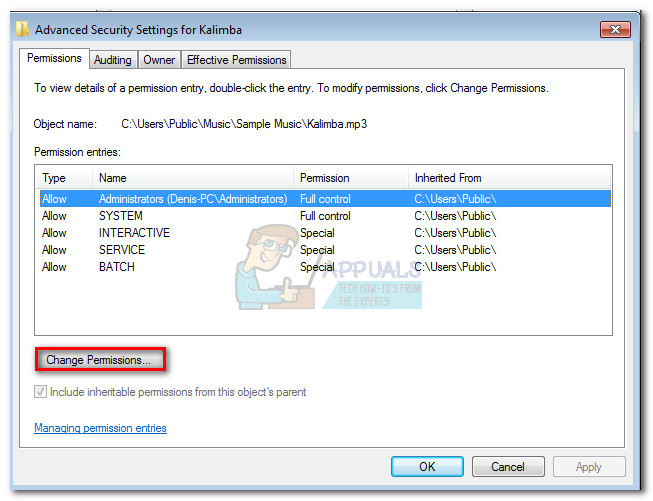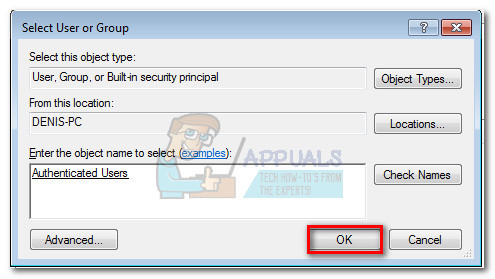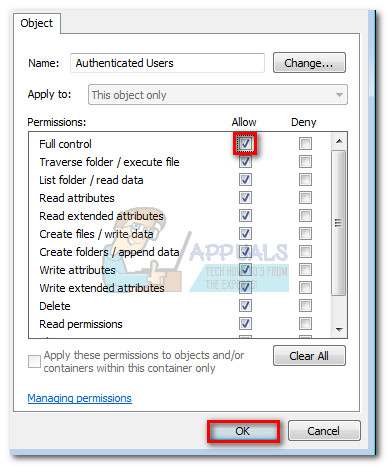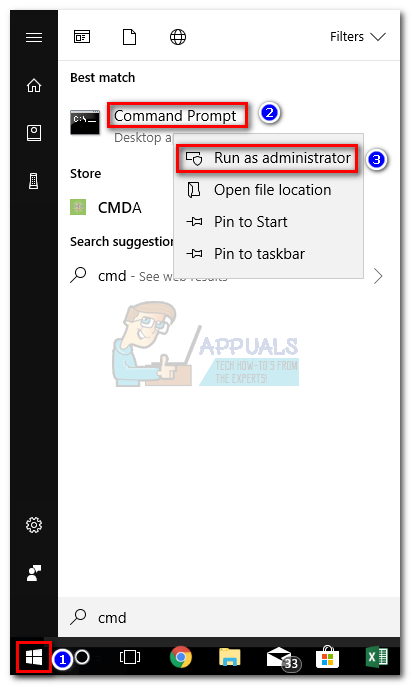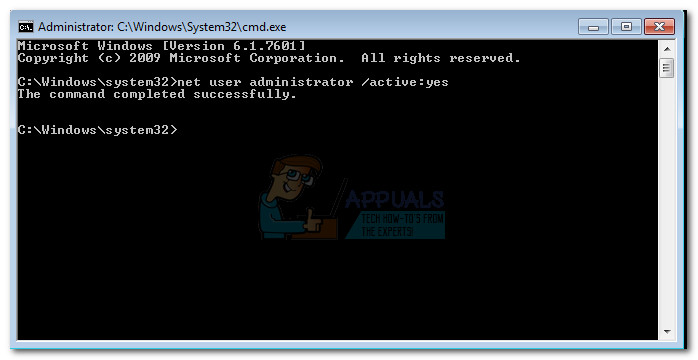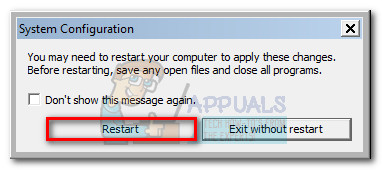If users attempt to take ownership of a file that is displaying “Unable to display current owner” in the Owner box, it will yield the “Unable to set new owner on FOLDER, Access is denied” error. If the user attempts to open a file or folder with no displayed ownership, the following error will be displayed “You have been denied permission to access this folder/file.”
The Access Denied error is usually displayed when a particular folder doesn’t have permission, the folder is used by a program or the folder is read-only. Typically, the error will occur if the System group or the Everyone group do not have Full Control privileges. However, there are other, more focused scenarios that will trigger this behavior. Here’s a list of the most common culprits that will create the grounds for the “Unable to display current owner” error:
Folder Lock or similar software is preventing the current user from accessing the path.The Admin account is not enabled on the system.Authenticated user doesn’t have Full Control.Folder or file in question contains damaged or corrupted files without a specified owner.
If you’re currently struggling with the issue do not worry, as you’ll probably solve your permission issue by the time you finish troubleshooting with the methods below. Please follow each potential fix in order as they are ordered by simplicity and severity. In the event that you find some methods that are not applicable to your scenario, simply skip them and continue with the next method below. Let’s begin!
Method 1: Uninstall Folder Lock (or similar software)
Folder Lock and any other software with the same capabilities will allow you to password-protect files and folders, as well as encrypt your important files. However, a software like this is extra careful with handing out account permissions. Depending on the initial tweaking you did on Folder Lock (or similar software), you might find that certain files/folders will become inaccessible for the other Windows accounts. Note: If you didn’t install Folder Lock or similar software, go straight to Method 2. There’s also a bug going around with older versions of Folder Lock where users have encrypted a folder with this software and were no longer able to access its contents. This behavior might also happen with other Folder Lock alternatives like Ax Crypt, AES Crypt or Easy File Locker. Luckily, you can easily right this wrong by uninstalling the software that is producing the issue. To do this, open a Run window (Windows key + R), type “appwiz.cpl” and hit Enter to open Programs and Features.
In Programs and Features, scroll down to Folder Lock (or similar software) and right-click > Uninstall. After you remove the folder encryption software, reboot your system and whether you regain ownership of the respective file/folder. If you didn’t, continue with the methods below.
Method 2: Allowing full access to authenticated users
Some users have been successful in solving the issue by allowing Full Access to all authenticated users. This might not be applicable in your situation, but it’s one of the first things you should try before following the other technical guides below. Here’s a step-by-step guide through the whole thing: After your PC restarts check whether this method has solved your problem. If it hasn’t, move to the method below.
Method 3: Running chkdsk /F in elevated Command Prompt
When a folder contains a file that is without an owner, it’s regarded as an error in your file system and can usually be solved by running a simple chkdsk /F command in an elevated Command Prompt. This folder permission issue is quite common with Android Studio and other IDE (Integrated Development Environment) folders and files. Let’s see if this is the reason why the folder/file can not be accessed, modified or deleted. If the scan manages to identifies an error in your file system, the damaged files will automatically be deleted. Follow the guide down below to perform the chkdsk scan: If this method didn’t resolve your issue, move over to the next method.
Method 4: Enabling the built-in Administrator account
If you started using Windows prior to the launch of Vista, you probably remembered that all the older version of Windows had a built-in Administrator account that was created by default. Fortunately, this account is still created on Windows 10, 8.1, 8, 7 and Vista, but it’s not enabled, so you can’t see it or use it by default. Enabling the built-in Administrator account has a high chance of solving the “Unable to display current owner” error because it has a lot more privileges than a regular administrator account. Here’s a quick guide to enabling the built-in Admin account via Command prompt: Note: The following steps will work on Windows Vista, Windows 7, Windows 8, Windows 8.1 and Windows 10. Note: Keep in mind that using the built-in Administrator at all times is not recommended as certain actions can make your system vulnerable to exploits. If this method has resolved your issue, we highly recommend to follow the first step again and type net user administrator /active:no to disable the built-in administrator account. Then, reboot your system or log-out of hidden Admin and revert back to your regular account. If this didn’t solve your issue, DO NOT use the net user administrator /active:no command to disable the built-in administrator because we are going to use it again in the method below.
Method 5: Giving folder/file ownership to all Administrators
If you weren’t able to access the folder or file when logged into the built-in Administrator account, let’s use the account again to give ownership of that particular file or folder to the entire Administrators group. Note: This method assumes that the method above was not successful and you didn’t disable the hidden administrator account. If you disabled it with the net user administrator /active:no command, revert back to Method 3 and redo step 1 to 3. Once you are logged into the built-in Administrator account, follow the steps down below: If the issue is now resolved, use the net user administrator /active:no in an elevated Command Prompt to disable the built-in Administrator account. In case you’re still encountering the issue, move to the method below.
Method 6: Running in Diagnostic Startup (Safe Mode)
If all the methods above have failed you, there’s one final method that will most likely enable you to access and edit the folder or file that is giving you trouble. This method involves booting your PC in Safe mode (Diagnostic Startup). This will typically enable you to access the folder from a regular administrator account. But if it doesn’t, we’re going to use the hidden administrator again to get the job done. Follow the steps below to boot your PC in Safe Mode and access the file via the hidden admin (if needed): That’s it. The “Unable to display current owner” issue should now be resolved.
Fix: The Current Input Timing is not Supported by the Monitor DisplayKuo’s Report Claims iPhone 12 To Feature 5G but no 120Hz display This Year:…Why Every Mac Owner should Update to macOS BigSur 11.5.1PUBG Owner Krafton Acquires The Ascent Developer Neon Giant to Diversify…


